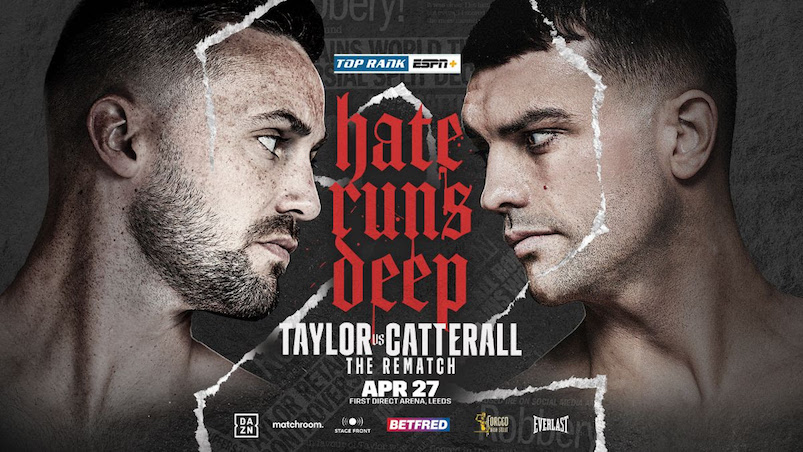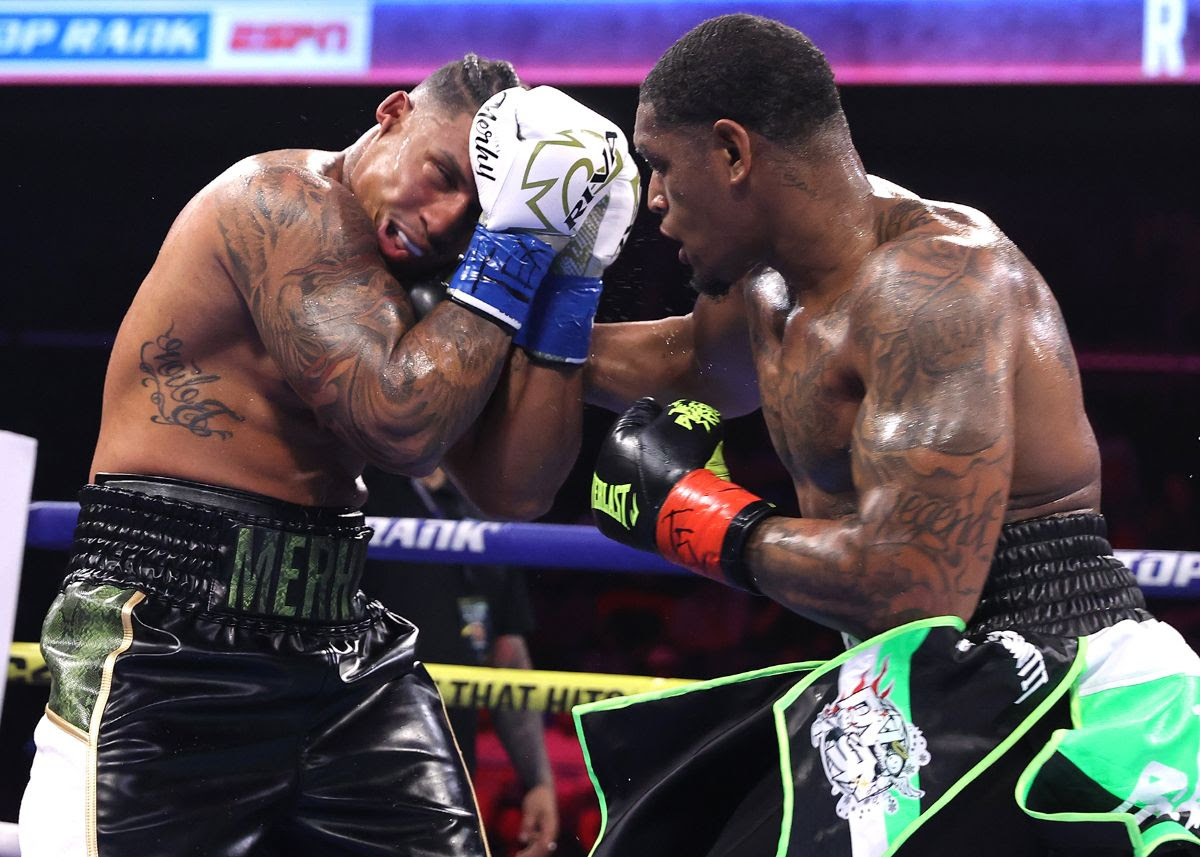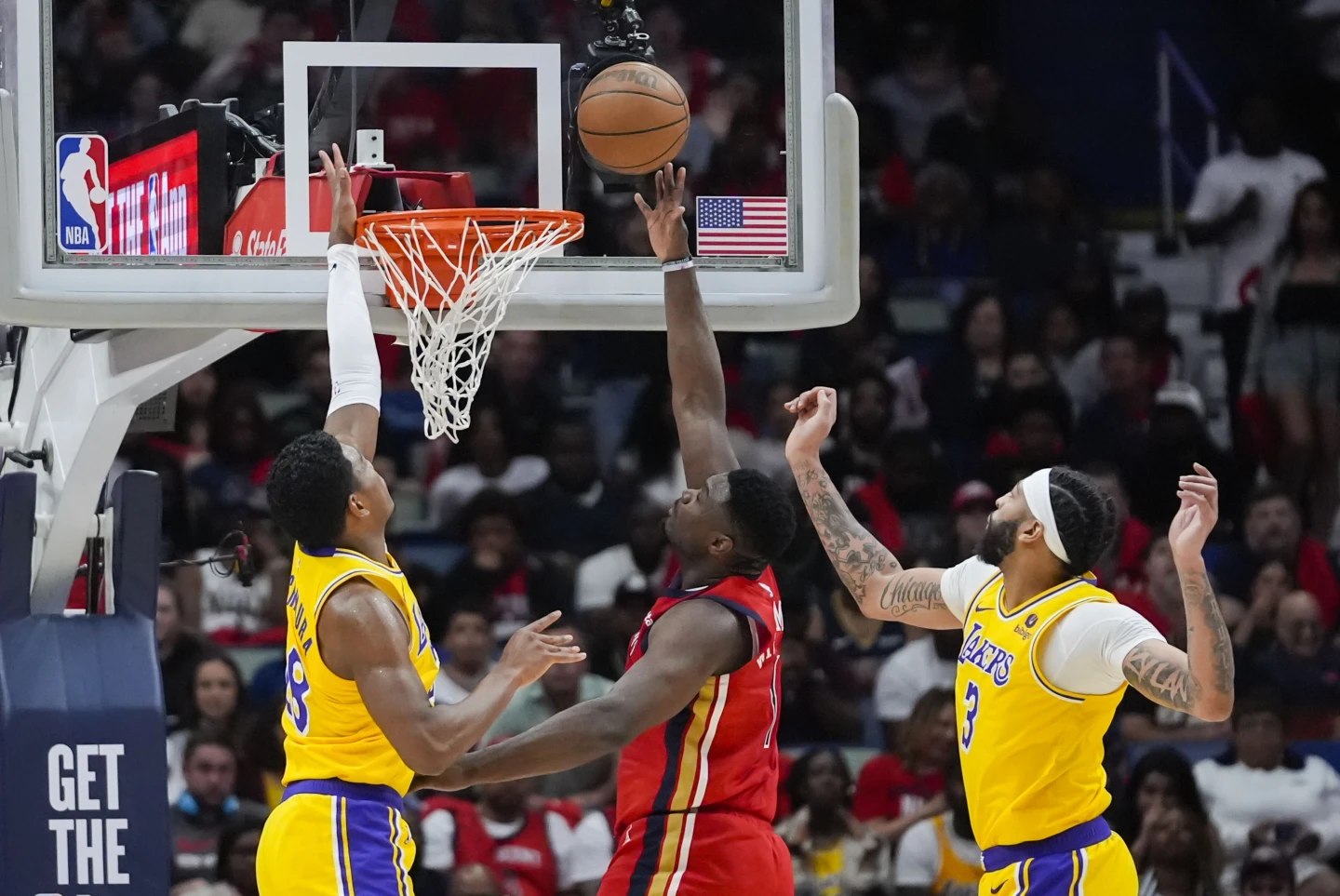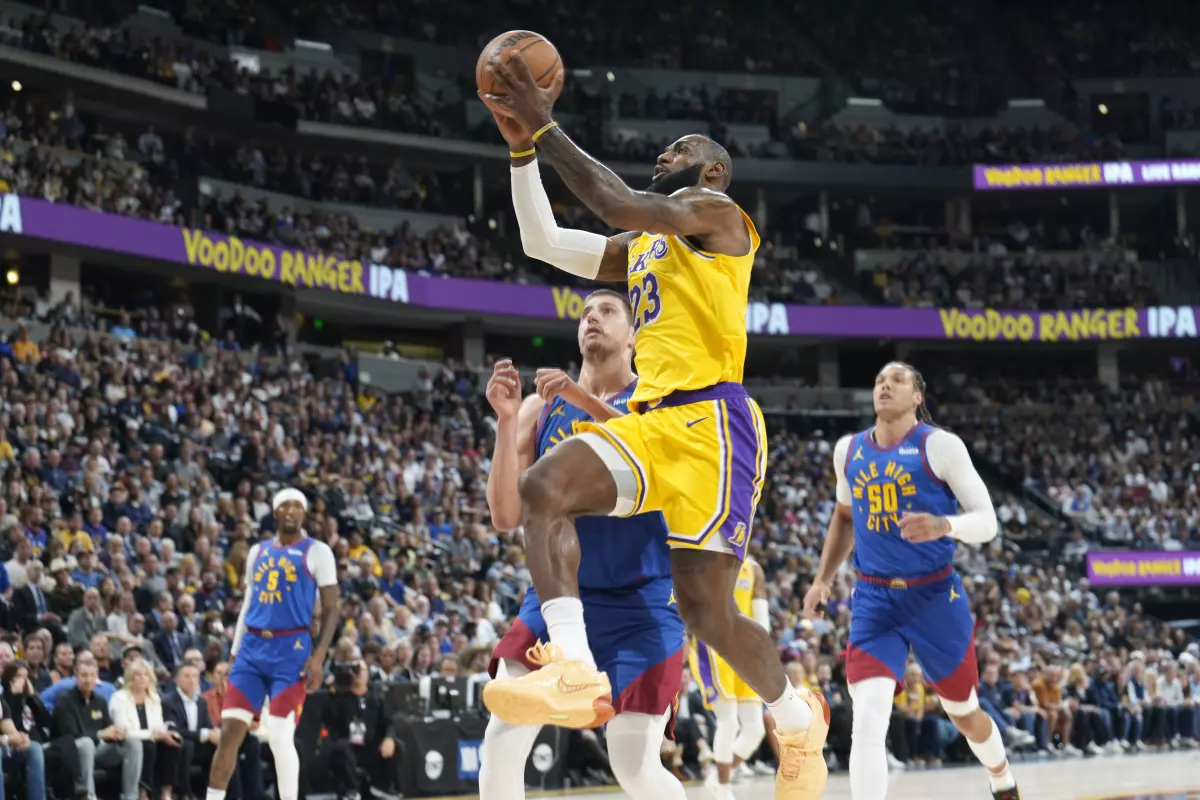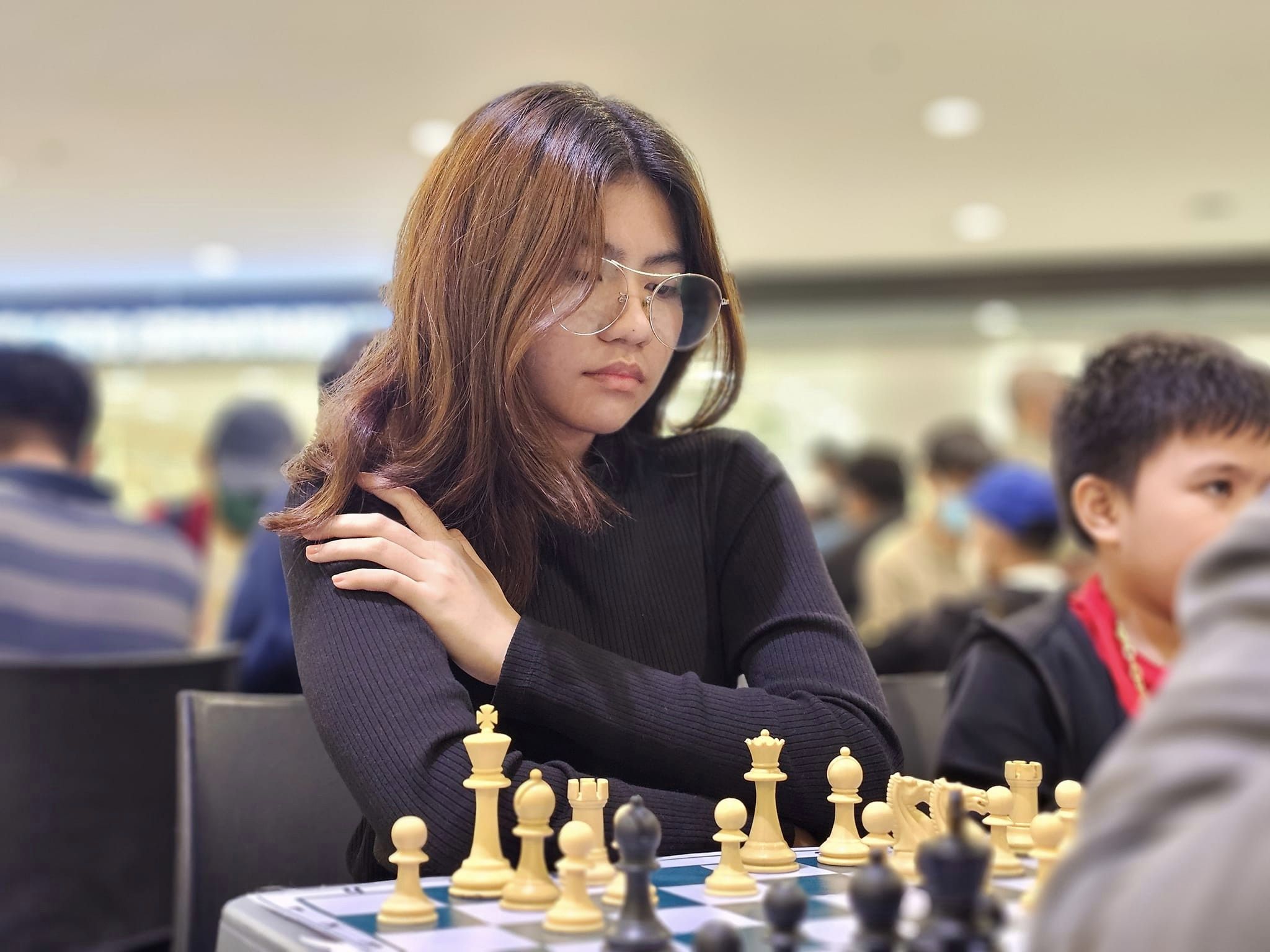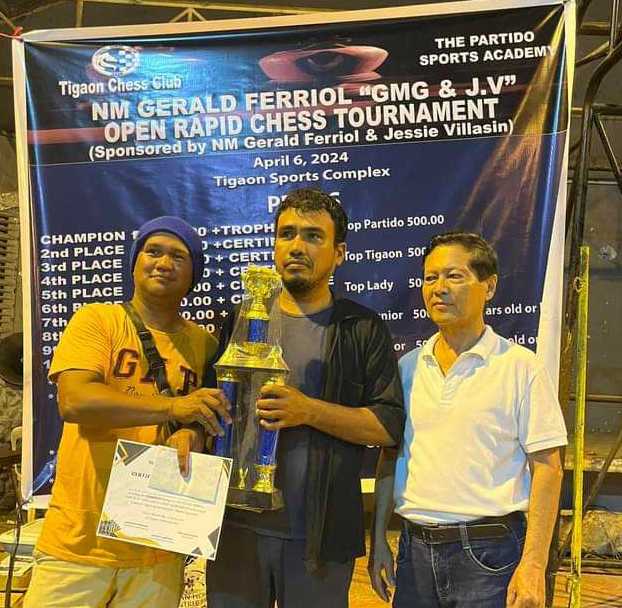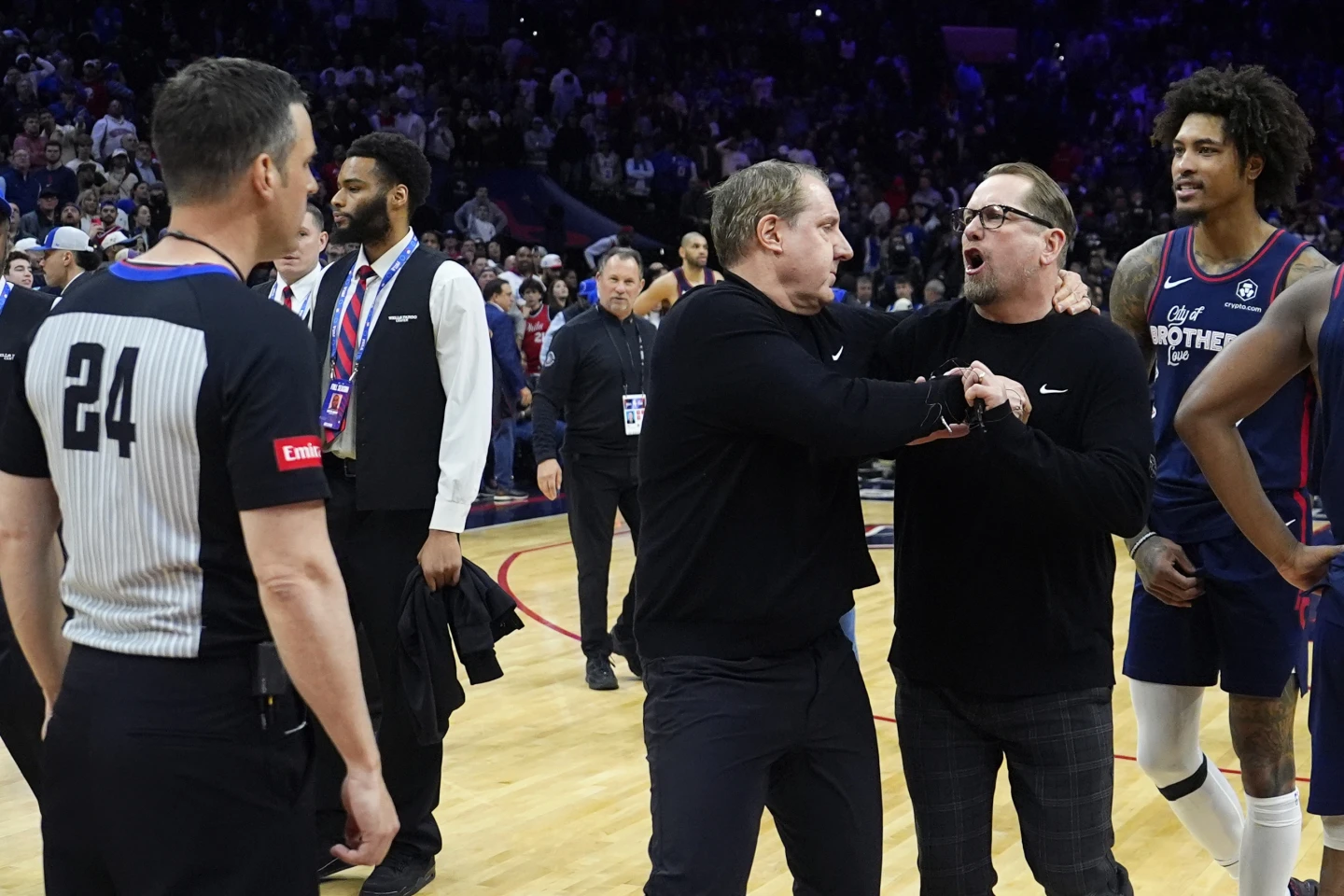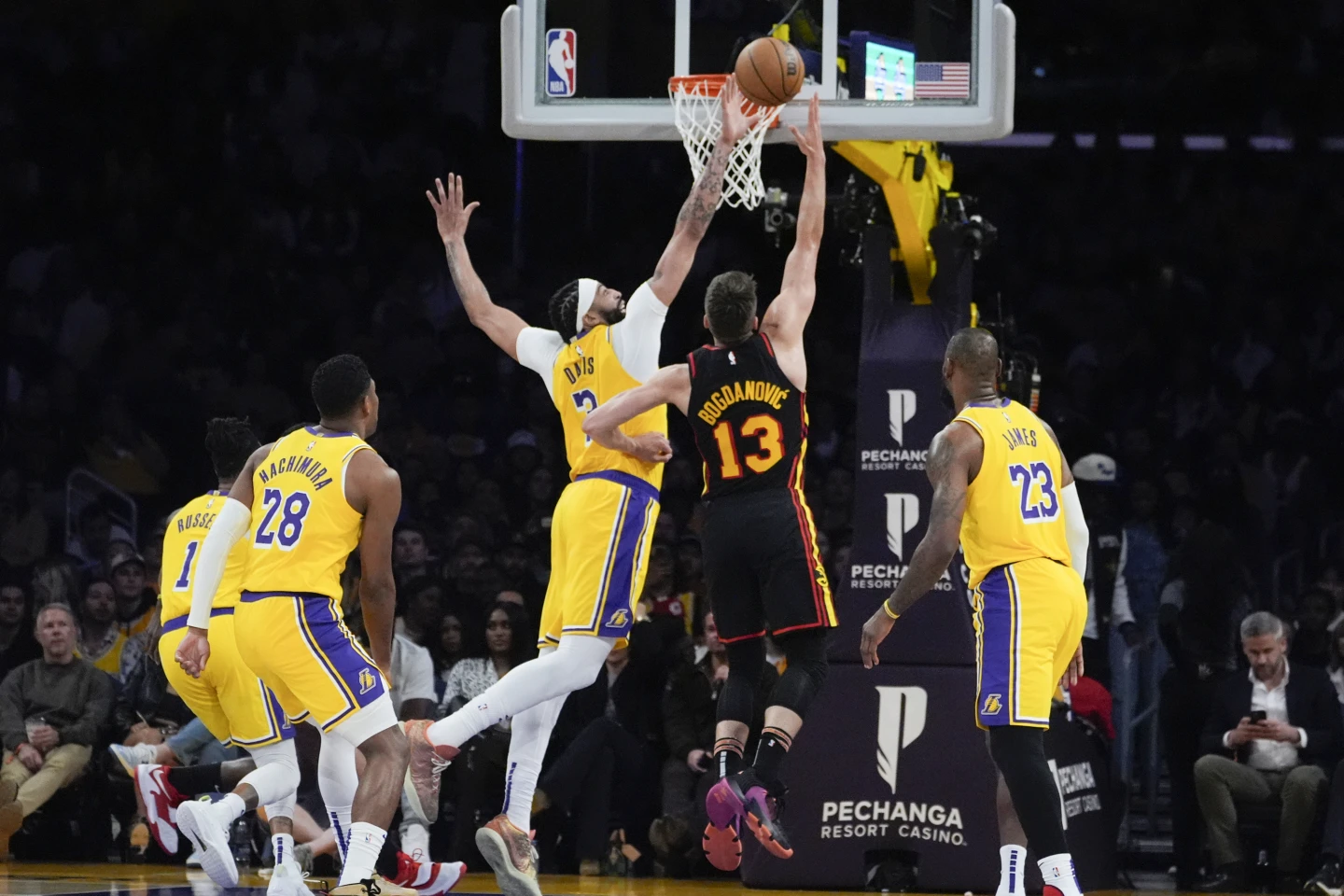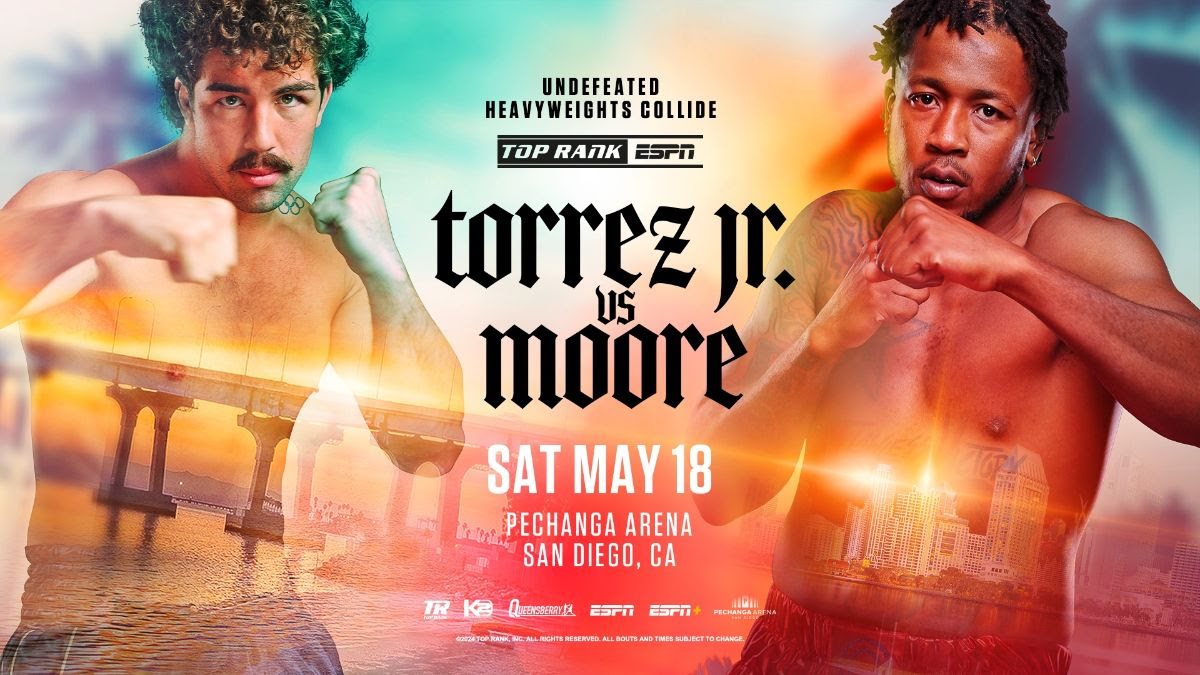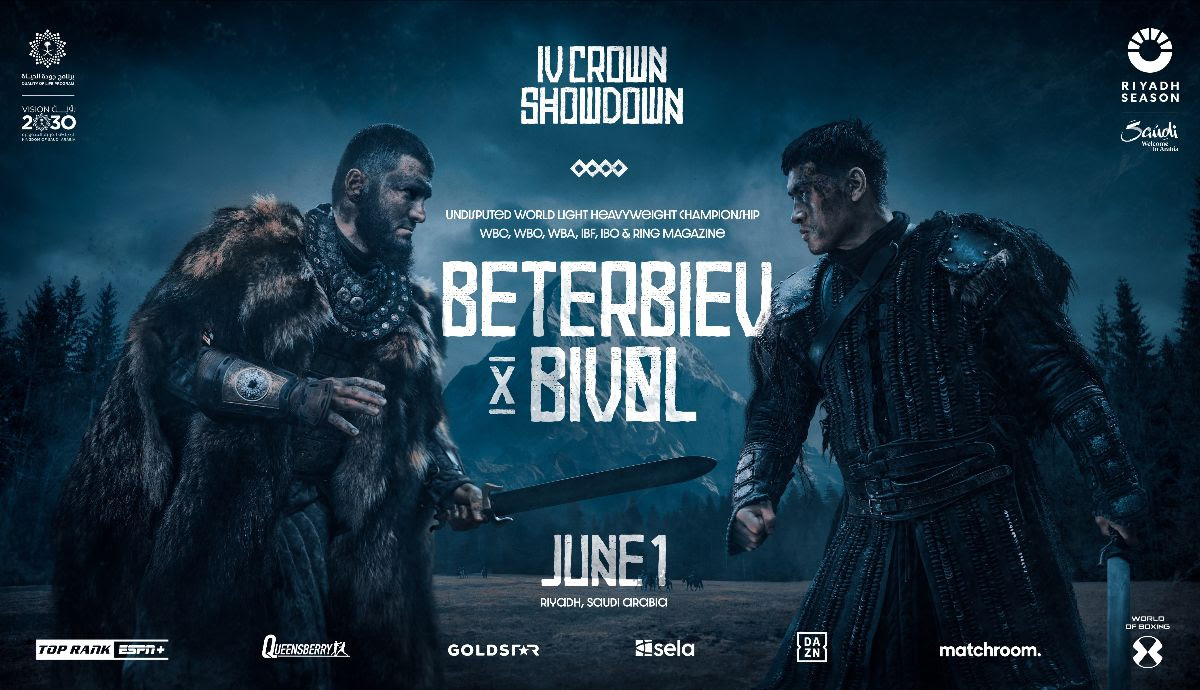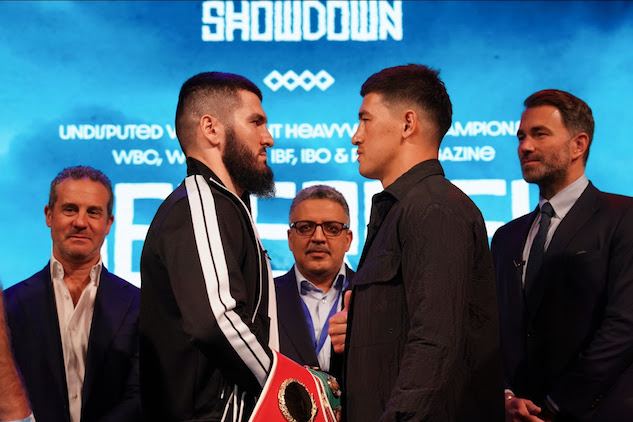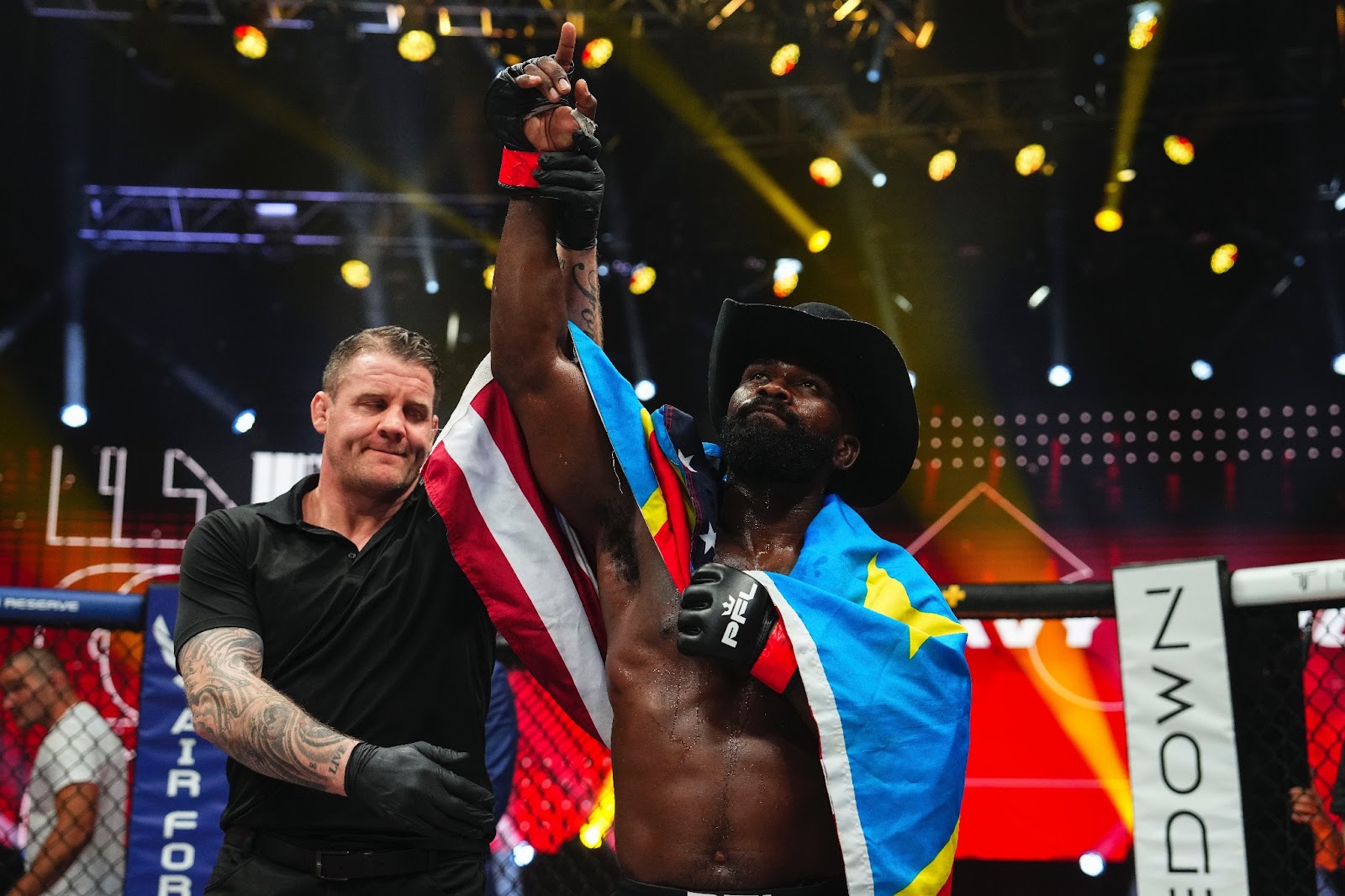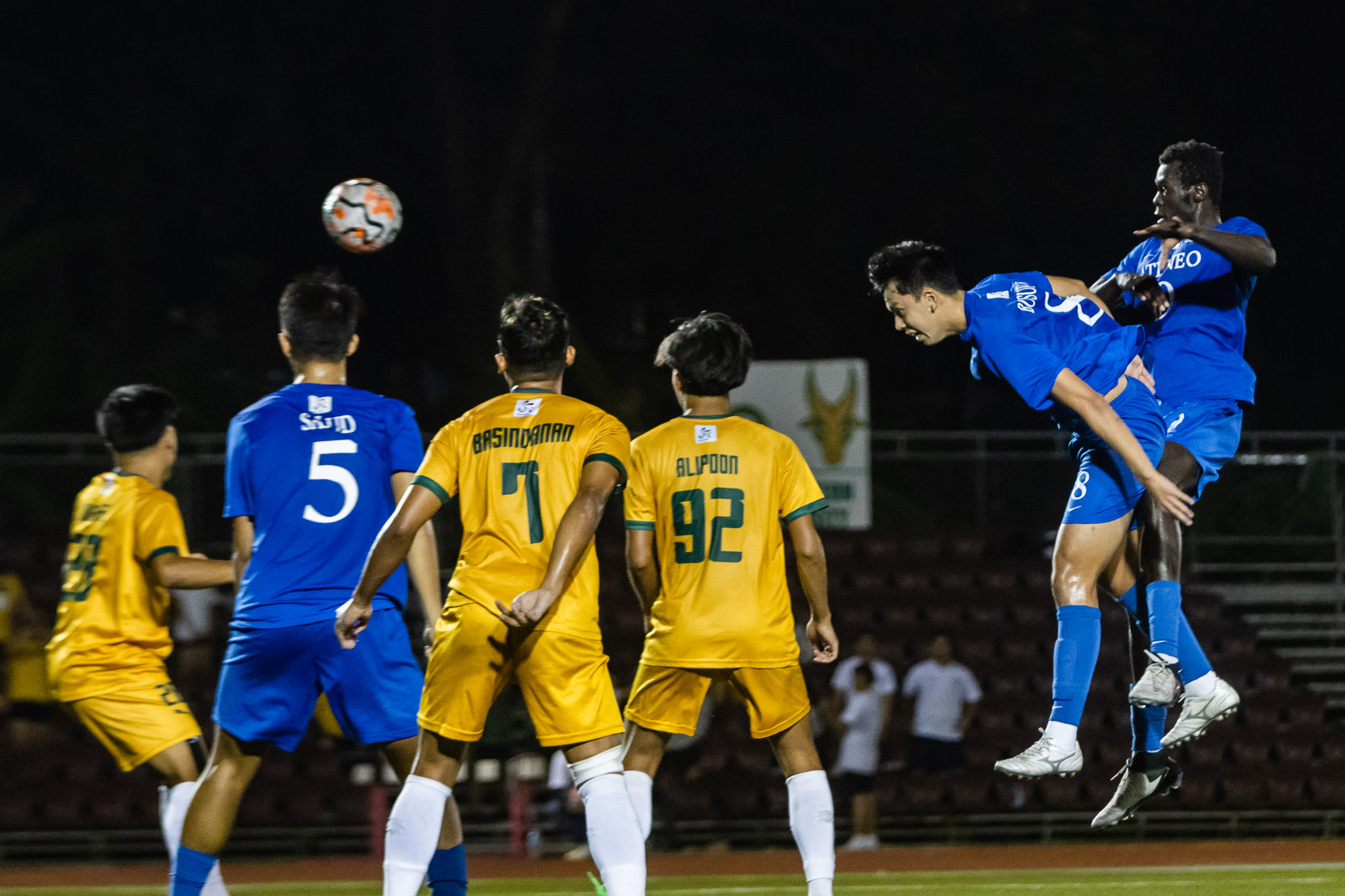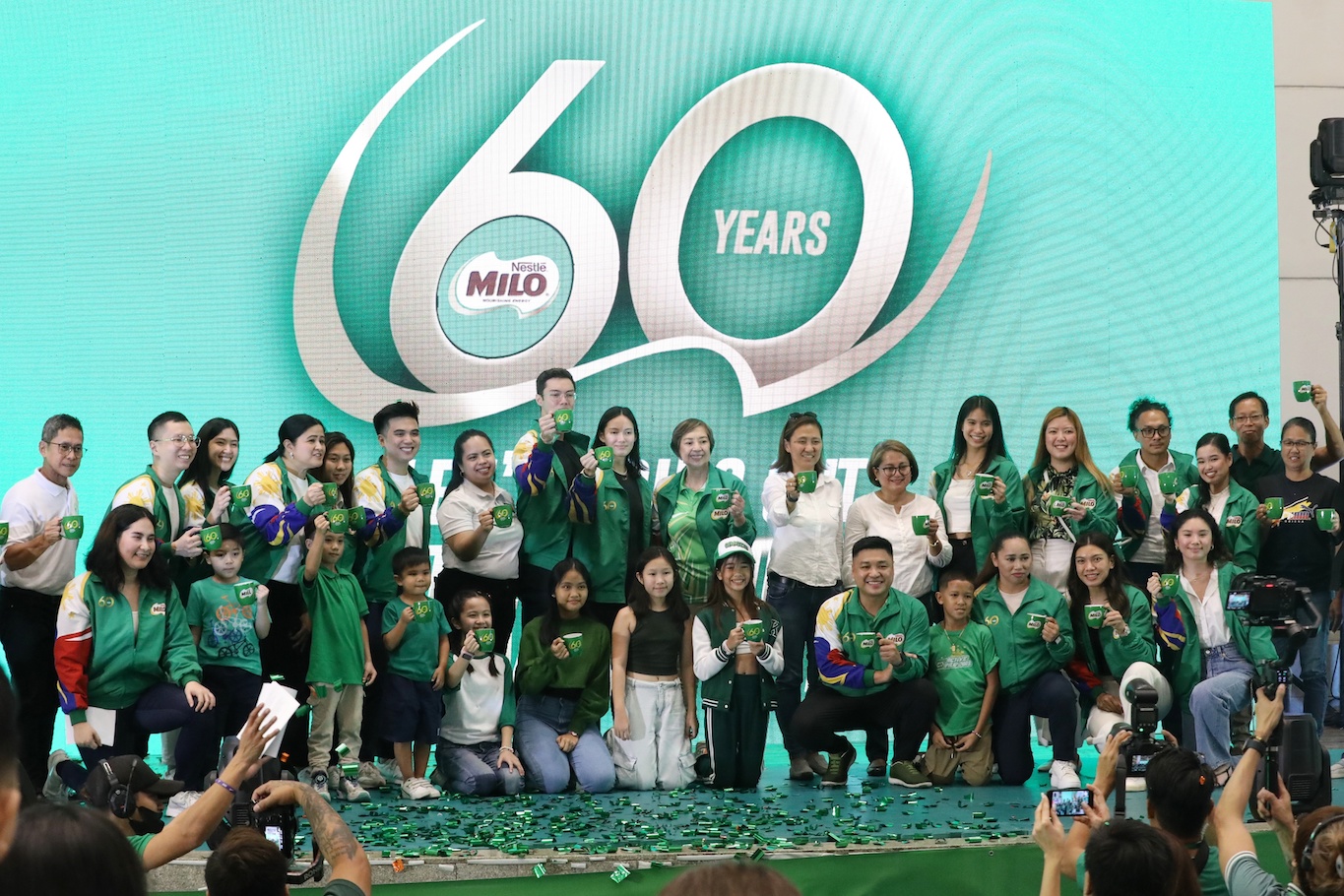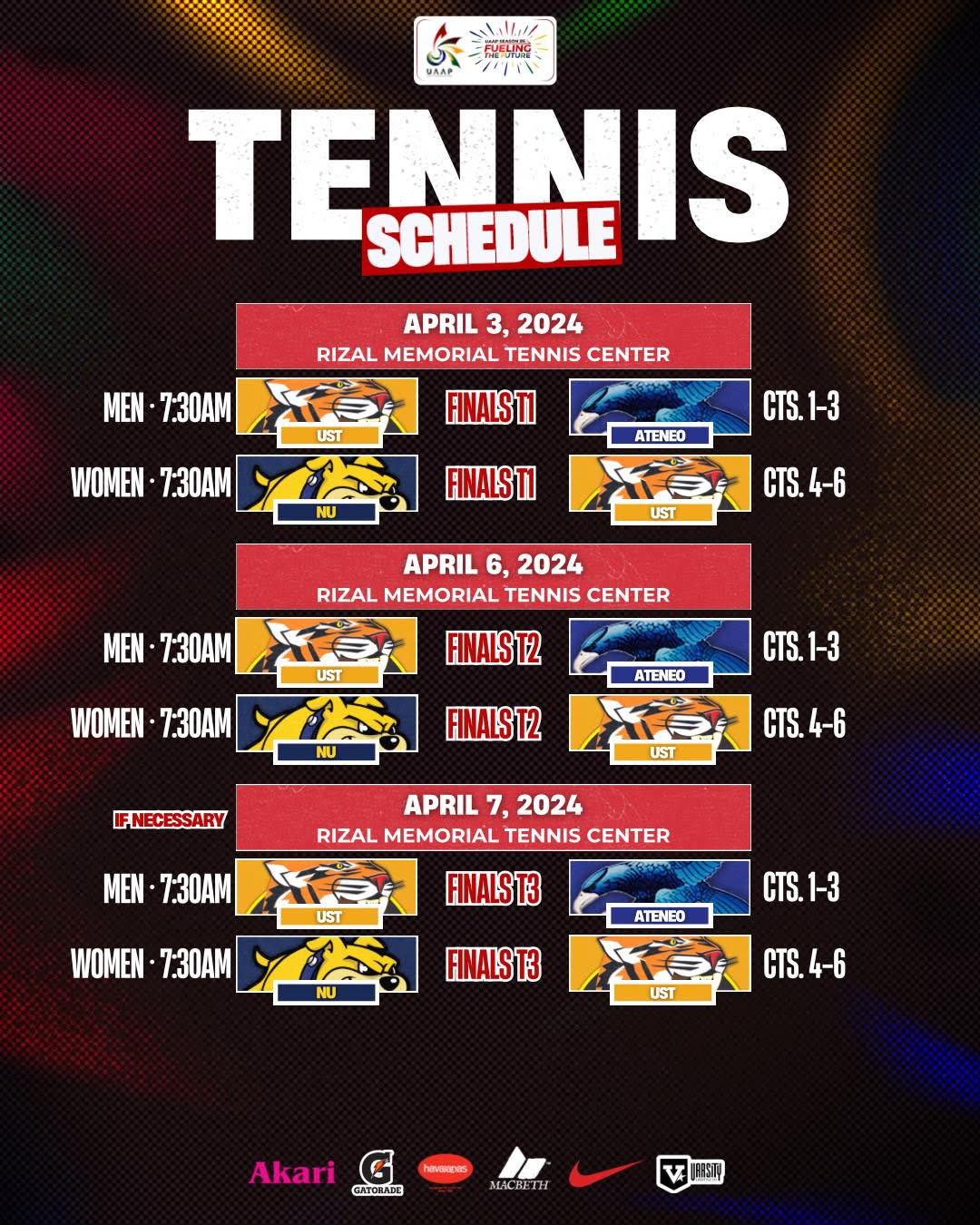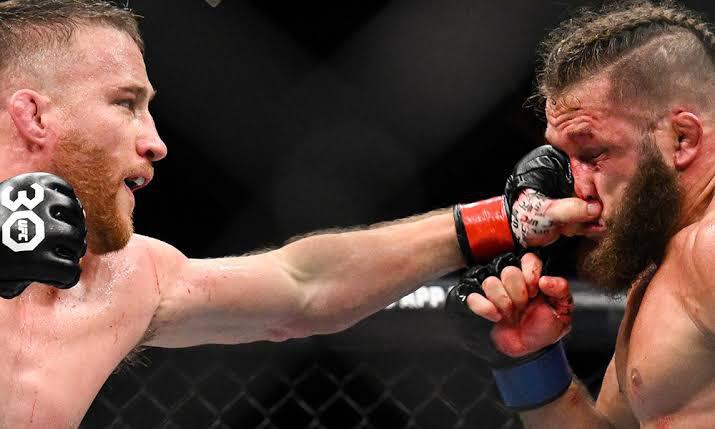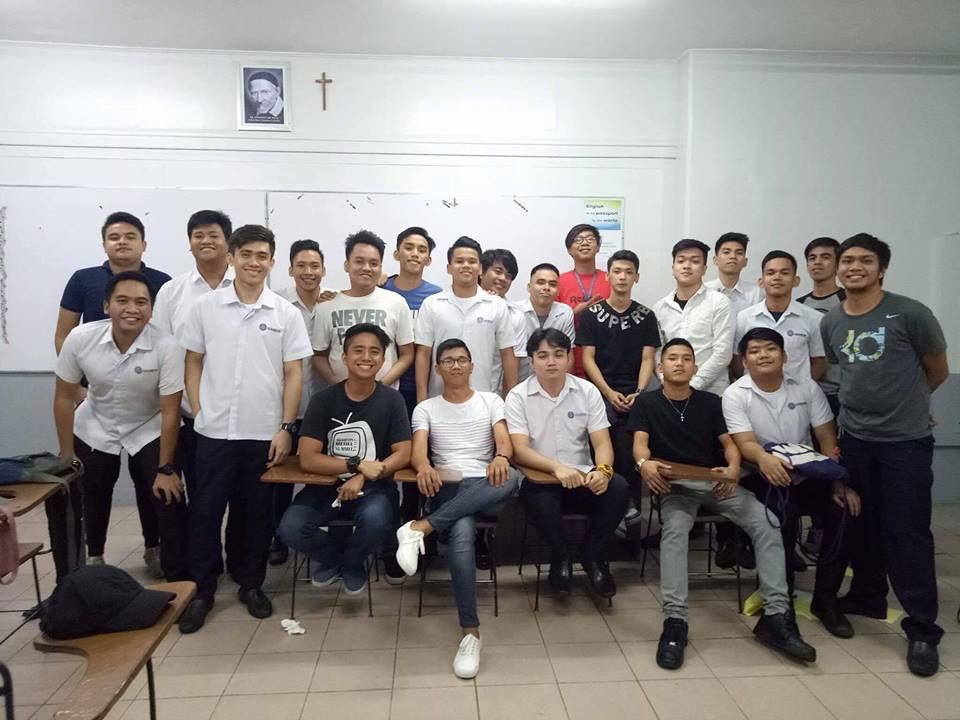Sometimes these sequels just don’t play out. After a holy grail of a first fight, the rematch between Forrest Griffin and Stephan Bonnar was a mostly limp affair in which Bonnar was decisioned and ultimately popped for an anabolic steroid.
Speed 2: Cruise Control not only disgraced audiences but it brought into question the whole idea of story extension. It was hard to truly know if Conor McGregor and Nate Diaz would fizzle similarly, especially after all the talk and theatrics, or if it would shine in a way as to make a trilogy fight inevitable.
It shined.
It shined so freaking hard. What a fight. UFC 202 burst the expectations of even the most optimistic fightgoer. For all that Diaz and McGregor purported to be, they were more. They were as big as their most delusional daydreams. If the heart of man can shine through in a fight — and really, what is competitive fighting meant to be other than a communication of heart? — both shined through in ways that declaring a loser becomes unimportant. There really are no losers in a fight like that.
In the end, McGregor prevailed on the scorecards with a majority decision, and it was just. But for a fight to become a classic, it requires a sense of togetherness out on that brink — a stretching of thresholds, and a giving over to reckless persuasions. That’s the stuff that translates; the fight within the fight to simply refuse to yield. Diaz had nothing for eight minutes other than a bloody face and a red planetary welt on his thigh from being lashed again and again with kicks. McGregor was masterful, everything he’d preached he would be. Then, as if he’d been merely lying in wait, Diaz activated towards the end of the second round. He came roaring into the fight, cinematically, like a fallen man on the battlefield who stands back up after remembering a vow to his wife.
Had he done it 30 seconds earlier, Diaz would have gotten his arm raised. That’s how close the fight ended up being. But that he did it at all after such a one-sided dictation of wills was the crux of the story. By the end of the third, it was Diaz that had McGregor on the ropes, blasting him with a barrage of punches in-close on the fence. The horn may well have saved McGregor, whose wind was failing him, too. The change in narrative was thorough, not unlike the first fight.
Then, just as suddenly, the tables turned again — this time McGregor, the shell of a minute earlier replenishing itself before our eyes, found his reserves. Suddenly it was McGregor communicating that he was made of more than that, that we hadn’t yet begun to plumb his depths. He started landing again, crisp combos, leg kicks, elbows. What a vengeful son of a bitch, digging deep just to shut his critics up — what glorious spite. The blowhard? No, man, the truth-teller. Just when the breaks were going against him he reestablished some original narrative, he made the fleeting thing sit quietly in his lap. He won the fourth.
Left for dead, he won it.
The fifth round was Diaz’s. By the midway point of that final round, both guys working off of instincts and fumes, the fight felt like it was playing out on some higher level that did away with — at least temporarily — the conflict of rooting interests. For a minute there, Team Diaz and Team McGregor were just abstractions to a general fusion of big moment and big hearts and a million spellbound witnesses. A fight that can produce such singular hysteria is enough to stand in for the essence of fighting. God it was good.
So good that the trilogy is now inevitable, and the only hope is that the third installment picks up exactly where the second left off — that is, each man standing taller because of the other.


